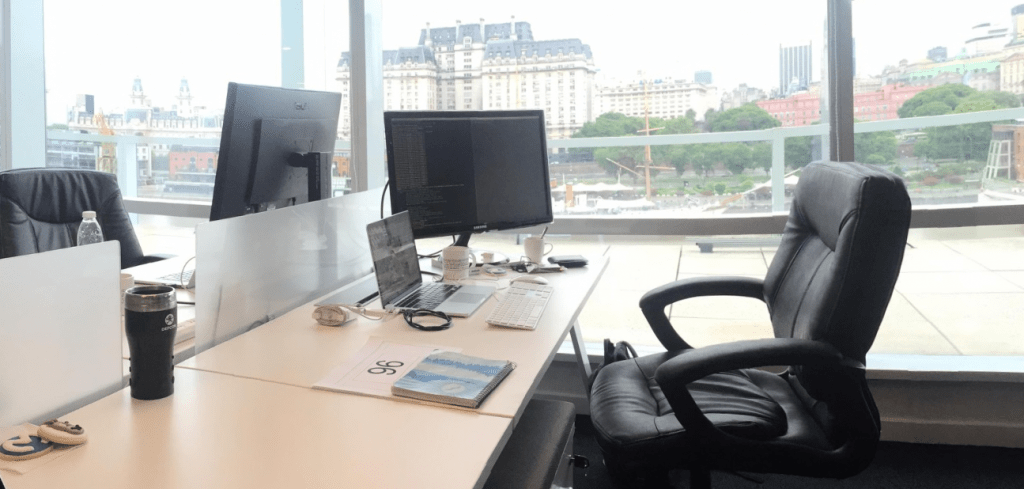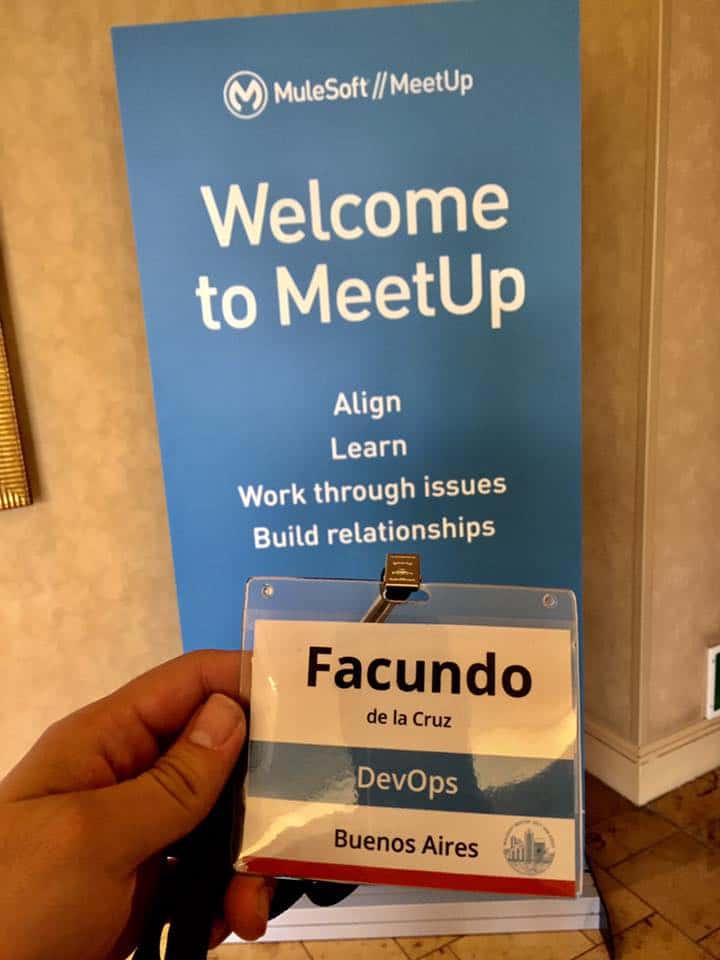What’s the most interesting problem you’re working on solving right now?
As a DevOps Engineer in our Buenos Aires office, right now, I’m working on a project monitoring system integrations. There are a few legacy solutions that will be deprecated, so I’m using some of the company’s automation tools to migrate all these checkpoints, monitors, and alarms to a new system. It’s a very interesting project because if your monitoring solution is generating a lot of alerts, people tend to ignore them; then one day a very critical alert could be ignored. This project allows us to integrate everything into one system, with very specific metrics, which helps ease the monitoring solution.
How did you get to becoming a DevOps Engineer?
I was working with on-premises infrastructure for five years, setting up Unix clusters in platforms like Linux, HP-UX, and Solaris. I was also working with networking solutions and conducting low level debugging of issues within conventional data centers. After a while, I began to feel pretty curious about cloud computing. I had an offer and I moved to a 100% on-cloud company. Everything was different in the beginning, changing from on-premises to cloud without having a hybrid environment is difficult. I was lucky enough to be a part of a very skilled team, located in Buenos Aires and Miami. I learned about AWS, automation, and technologies like AuroraDB and Nginx, among others.
At the time, the company asked me to take AWS certifications, and to support different multidisciplinary teams in order to keep the platform running smoothly. Then I moved to MuleSoft, I work as a DevOps engineer in a very experienced team and at one of the most challenging companies in the market––every day I learn something new and face a lot of new challenges.
Why did you choose to come work for MuleSoft?
I always wanted to work in a real Silicon Valley company and MuleSoft is one of them. I think that if you really enjoy working in such an environment, MuleSoft is one of the best places to work. Here, everything is big and agile at the same time, some infrastructure is very critical and you have the opportunity to learn every day. There is always something challenging to do, so in a month or two you can learn more than in any other conventional company in a year. People are very professional and skilled, so you have to keep moving forward all the time.
Take us through a typical day in the life.
After commuting, I start preparing mate and a quick breakfast in the kitchen. I like to move around and choose one of the many different spaces available to work in the office. Especially a spot with a nice river or city view. We work with a ticket tracking system, my manager assigns me some tickets and I work on them throughout the day. If I have some free time I take the opportunity to learn new things, do some experiments with one of the sandbox environments, and test different technologies.
What 3 things are always on your desk and why?
I like to have a minimalist desk. I only have my laptop, a big monitor to watch my console, a DEFCON mug and, of course, mate.

Which teams do you work with most, and how do you collaborate?
I started working at MuleSoft 5 months ago, so I am still in the middle of the ramp-up process. Right now I’m learning about different teams, products, and platforms. I try to collaborate as much as I can and support team members with their tasks as well.
What is your favorite activity outside of the office?
I like traveling around the world. I enjoy learning about different cultures and how people live on the other side of the planet. I love to travel and have a few upcoming trips. I enjoy the process of planning the trip, reading about the culture of the country I am visiting, and exploring the history of different cultures in order to view the world from a different perspective.
What is your proudest accomplishment in your role here so far?
I usually feel proud when I can fix something using low level debugging, specifically by checking the program internals and seeing what is going on from the Operating System’s side. There were a few situations where that happened. I checked the memory, interruptions, system calls, and then solved very hard issues.
What is the latest technology you’ve learned to use?
I’ve been learning SaltStack. It is very different from other automation tools, as it allows you to use a templating system in Jinja that is interpreted as a Python script. Usually, the learning curve is higher than other tools (like Ansible or Chef), but it’s very powerful and it allows you to create a whole infrastructure within minutes. We are learning about some Kubernetes implementation as well, in order to integrate containers to the Continuous Integration pipeline and achieve automatic and stable deploys.
What is your favorite thing about working on the DevOps team at MuleSoft?
I think my favorite thing is the people. I work with a very skilled team. They have a lot of experience and they have walked down the same career path as me. We can talk in the same “language,” which is great. I can learn from others and that gives real value to me and my career.
Our DevOps team is growing! Learn more about our open roles and where you can make an impact.









